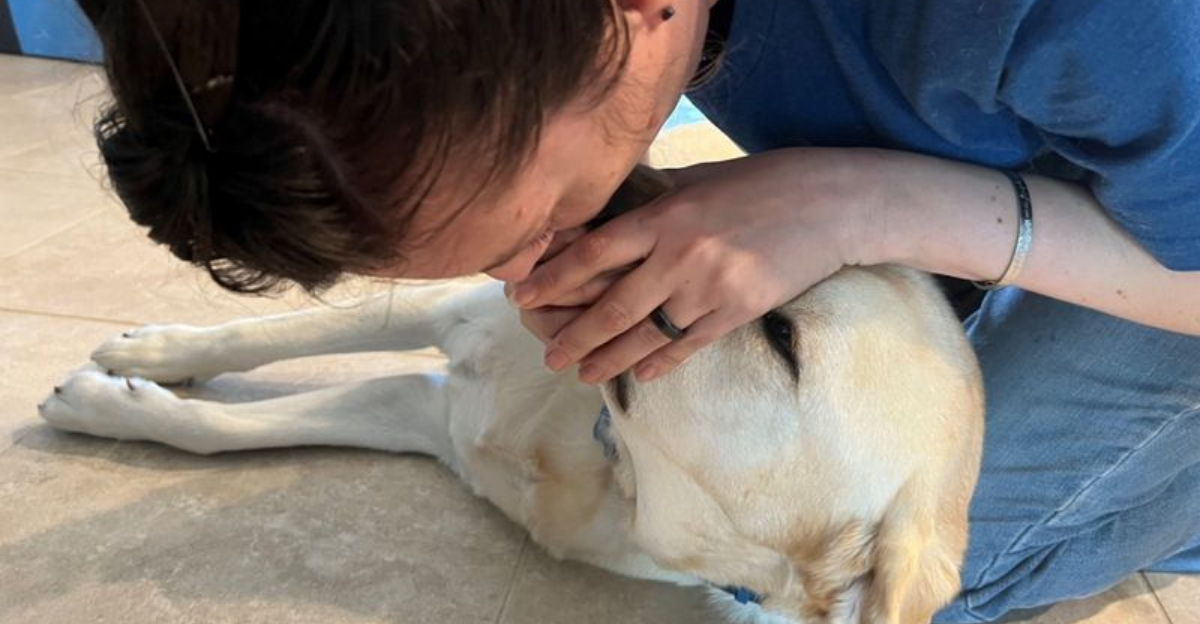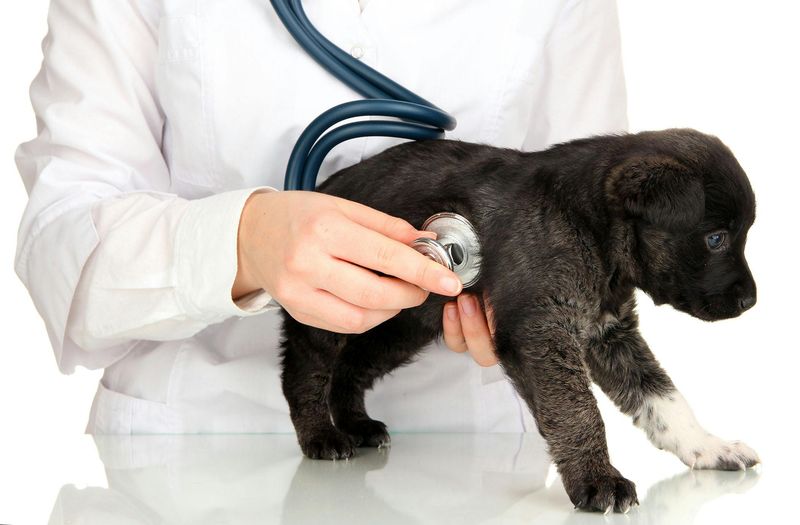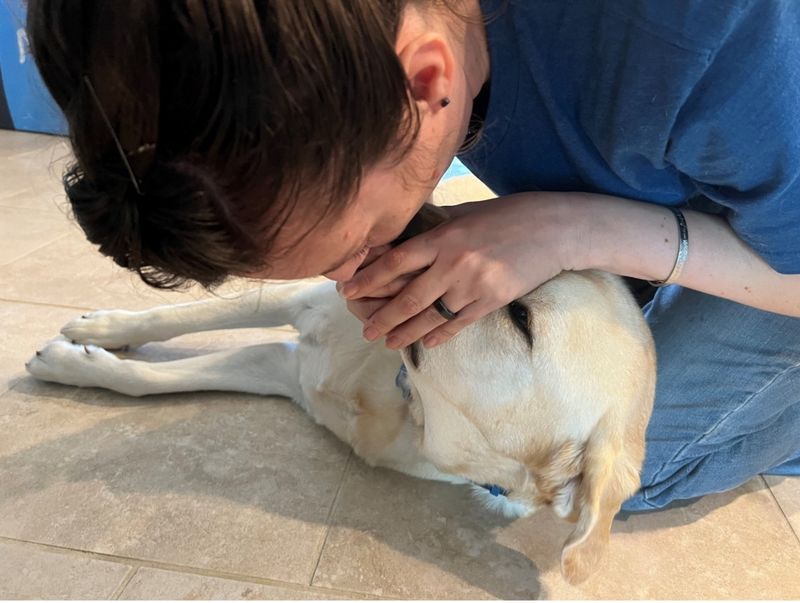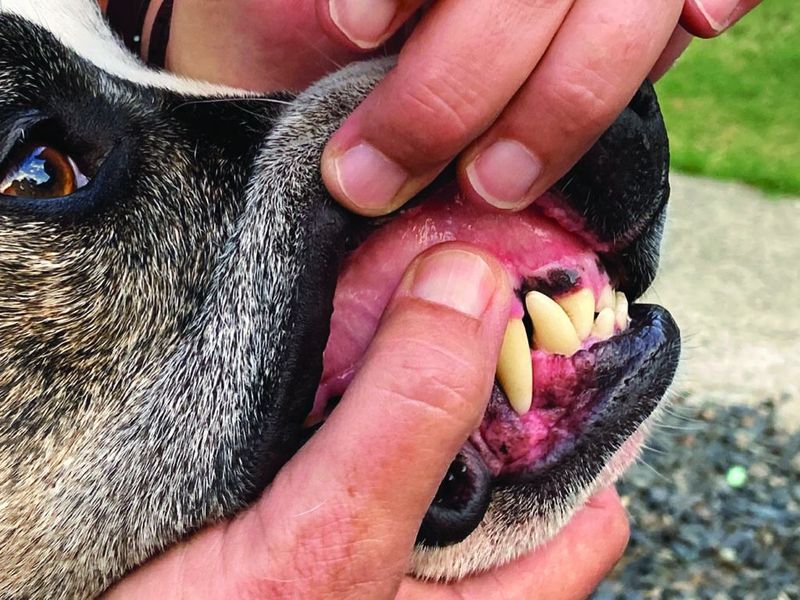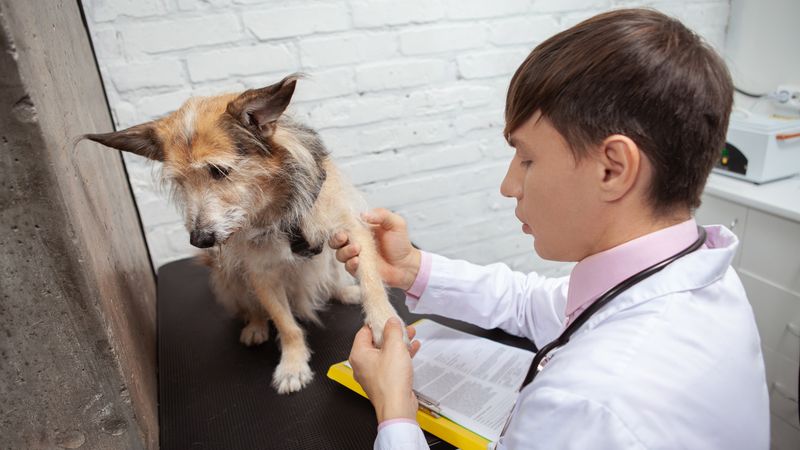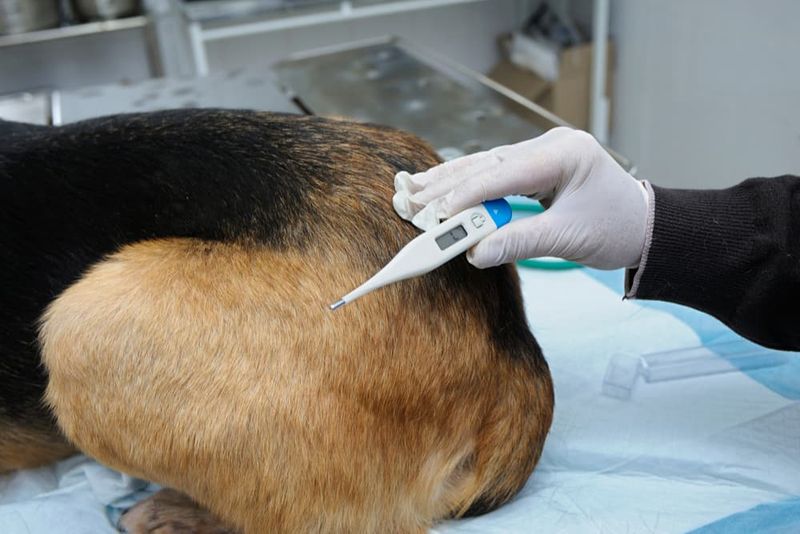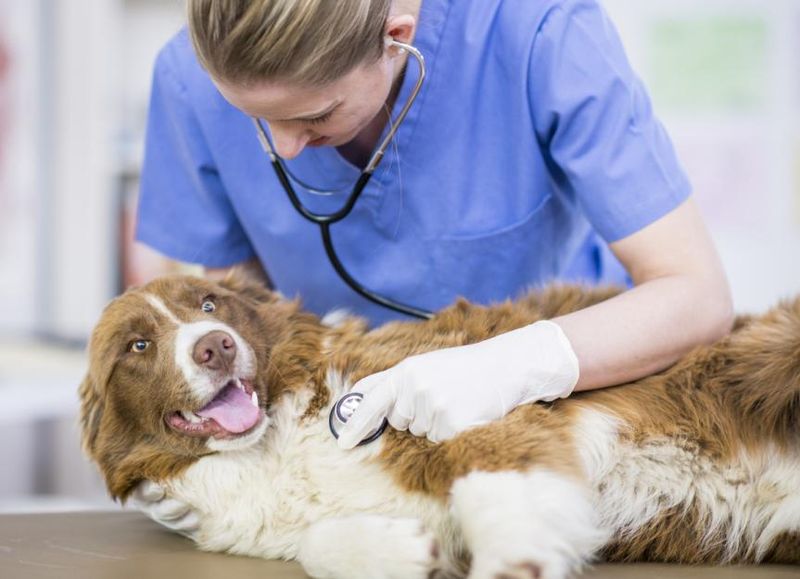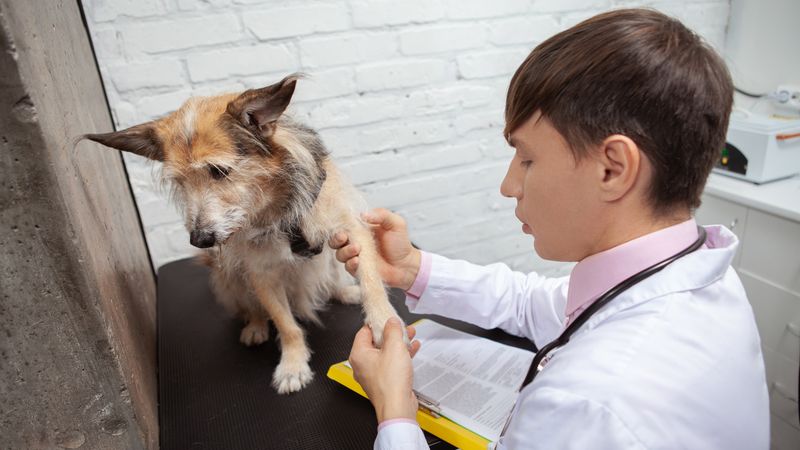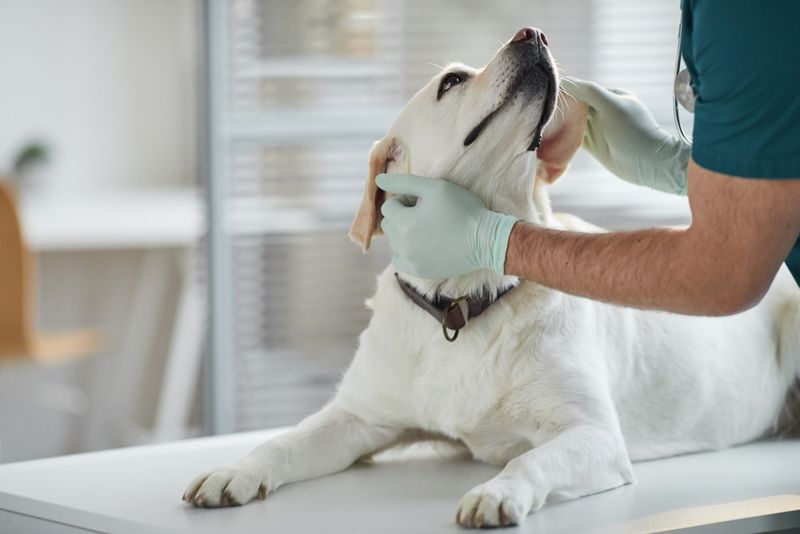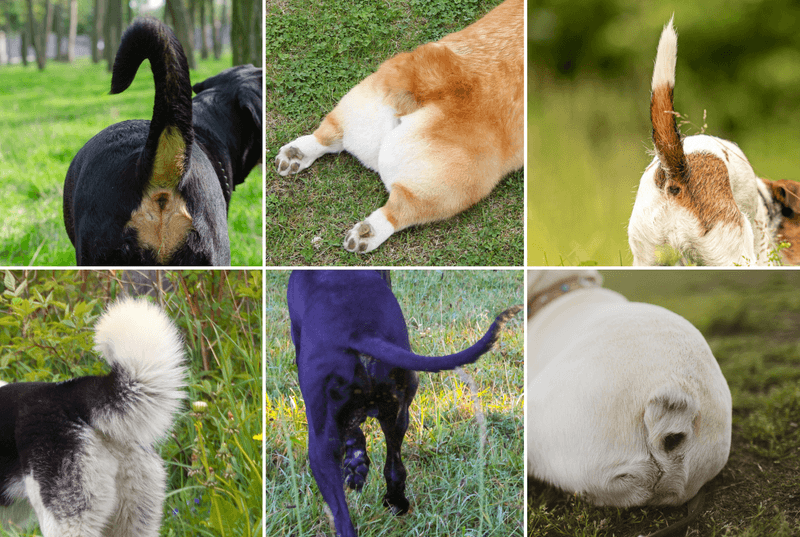As a pet owner, it is vital to distinguish whether your dog is dead or simply unconscious, as the measures taken vary significantly. This guide presents 12 ways to check your dog’s condition, ensuring you respond appropriately and promptly. Understanding these methods can prevent undue panic and aid in providing immediate care if required.
Feel for Heartbeat
The heart tells many stories, and your dog’s heartbeat is a vital indicator. Place two fingers softly on the chest, near the elbow on the left side.
A beating heart suggests life, and its absence raises immediate concern. If unsure, try using a stethoscope if available, or seek a veterinarian’s assistance.
It’s a moment that calls for calmness and precision. An irregular or faint heartbeat might require immediate medical attention, highlighting the importance of this simple yet crucial check.
Check for Breathing
In a moment of worry, checking your dog’s breathing is a primary step. Gently place your hand over their chest to feel for any rise and fall. If you struggle to detect movement, try placing a small mirror near their nose to see if it fogs up.
Absence of breath may indicate unconsciousness or something more severe. It’s crucial to act quickly if no breath is detected. Sometimes, even a slight movement can offer a glimmer of hope and guide the next steps towards potentially saving your beloved pet.
Observe Gum Color
Healthy gums are usually pink, resembling a fresh bloom, while pale or blue-tinged gums can be alarming. Lift your dog’s lip and observe the color closely.
A change in gum color might indicate a lack of oxygen or shock. This simple observation can provide clues about their general well-being.
In moments of uncertainty, this check can be both revealing and pivotal, directing your attention towards immediate medical care if necessary.
Perform a Pain Response Test
Pain response tests can guide understanding of consciousness. Pinch a small area of skin on your dog’s paw and watch for any reaction.
Even a slight twitch or whimper can indicate consciousness. Lack of response may call for further investigation.
This test provides quick insight and should be conducted with care to avoid causing undue distress. Consider this a valuable tool in assessing your dog’s state.
Check for Body Temperature
A warm body often signals life, while coldness might raise concern. Use a pet thermometer to measure your dog’s temperature, aiming for a normal range around 101 to 102.5°F.
A significant drop or rise could indicate severe health issues.
Understanding temperature changes can provide clarity in uncertain situations, guiding you towards appropriate action or veterinary consultation.
Listen for Sounds
Sounds, even subtle ones, can convey important messages about your dog’s state. Sit quietly and listen for any whining, breathing, or even a faint heartbeat.
Silence might be unsettling, but any noise offers reassurance.
This method encourages a moment of calm reflection and connection with your pet, providing insights into their condition. If silence persists, further checks are necessary.
Assess Body Stiffness
Stiffness in a dog’s body can indicate more than just a deep sleep. Gently try to move their limbs to assess flexibility.
A rigid body might suggest unconsciousness or other serious conditions.
This simple test can be revealing, guiding your next steps with clarity and purpose, highlighting the difference between life and possible severe medical conditions.
Look for Pulse in Femoral Artery
Finding a pulse in your dog’s femoral artery offers direct evidence of life. Place fingers inside the hind leg, near the groin area, to feel for a pulse.
A strong pulse can be reassuring, while its absence may heighten concern.
This technical yet accessible check provides essential information about your dog’s health, requiring only a gentle touch and focused attention.
Assess Skin Elasticity
Skin elasticity can offer clues about your dog’s hydration and vitality. Gently pinch and release skin on their neck and observe how quickly it returns.
Slow or absent return may suggest dehydration or shock.
This simple test delivers a snapshot of your dog’s health, underpinning more detailed investigations if required. It’s one of those subtle signs that can speak volumes about their condition.
Check for Urination or Defecation
Involuntary urination or defecation may suggest unconsciousness or severe stress. Carefully observe your dog’s environment for signs of this behavior.
While alarming, it can help you gauge their state and take rapid action.
This observation may seem mundane but can be a critical component in understanding your pet’s condition, pointing towards the need for immediate veterinary care if detected.
Observe Tail Movement
A wagging tail often signifies life and consciousness. Gently lift your dog’s tail to check for any movement.
Even a slight wag can be a hopeful sign.
This simple gesture can offer comfort in moments of worry, providing an intuitive glimpse into their state of being and guiding necessary actions.
